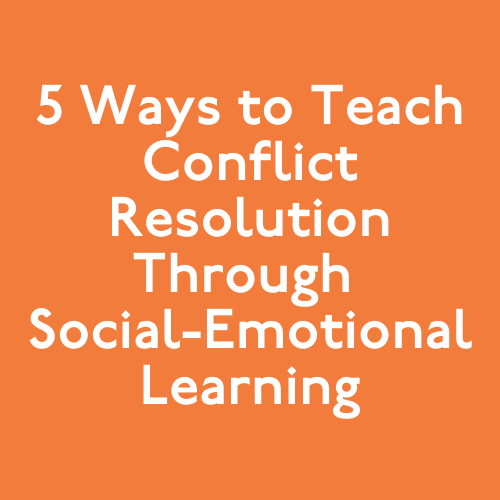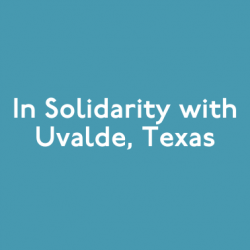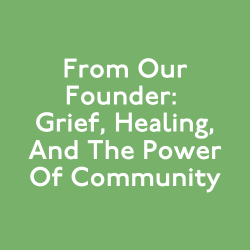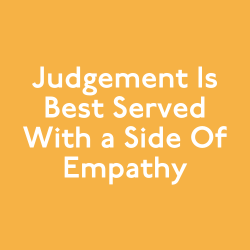Written by Founder and CEO, Sara Potler LaHayne
We’ve all been there. You’re rolling along with an assignment or a group project and suddenly there’s a moment of confusion. Inevitably, something was miscommunicated, misunderstood, forgotten or ignored. The proverbial ball has been dropped. What now?
Throughout our daily lives, disagreements, miscommunications and conflicts will consistently arise. Conflicts can cause stress, feelings of anger or resentment and make it difficult to focus. This is particularly true for students in a classroom.
Skills for conflict resolution are critical in the classroom and the workplace. It’s important to teach students how to appropriately manage conflict, and the feelings that come along with it, in order to create healthy learning environments and set students up for success.
Here are five ways to help your students resolve conflicts.
1. Role Play
Acting out potential scenarios involving conflict can be a powerful experience. Role-playing gives students the opportunity to practice using their conflict resolution skills while they are calm. It can be particularly helpful to challenge students to “try on” opinions that are different from their own. This safe space will make it easier for students to be objective and can help students build empathy.
2. Build Listening Skills
A significant amount of conflict arises from miscommunication. “Listening skills” might seem simple, but in a world where everyone is bombarded with notifications and alerts, it’s more difficult than ever to stay in the moment. Remind your students what being a good listener looks like, including looking directly at the speaker, paraphrasing for understanding, and asking questions rather than quickly jumping in with advice or interrupting.
3. De-Escalation
It’s really important to calm down and de-escalate before diving into a conversation. But it’s easier said than done. Teaching students to identify these moments and providing them with strategies, such as taking deep breaths or going for a walk, can ensure that a situation doesn’t spiral out of control. Once a student is able to calm down they’ll be able to approach the conflict and have a productive conversation.
4. Reading and Writing
Identifying and discussing how characters in a story manage conflict is another opportunity for students to reflect on and evaluate conflict resolution strategies. Similarly, students can write a story that involves characters working through a conflict together. If students are ready, they can even journal about their personal experiences with conflict and how they handled it. This gives students a chance to think about what they did well and what they might want to improve upon in the future.
5. Teachable Moments
No matter how well we teach resolution strategies, conflict is still going to happen. Use these as teachable moments and talk through how the conflict can be resolved, safely and responsibly. Sometimes this will need to be done privately. If appropriate, get the class involved in how a conflict could be solved so that everyone benefits from the lesson.
Conflict resolution strategies will be used by students for the rest of their lives. Just like any other skill, students need opportunities to practice. Teaching these skills in the safe space of a classroom can help students become comfortable with conflict and find ways to actually transform conflict into positive, productive conversations.
This article was originally published by EdWeek Market Brief on April 22nd 29th, 2019.










